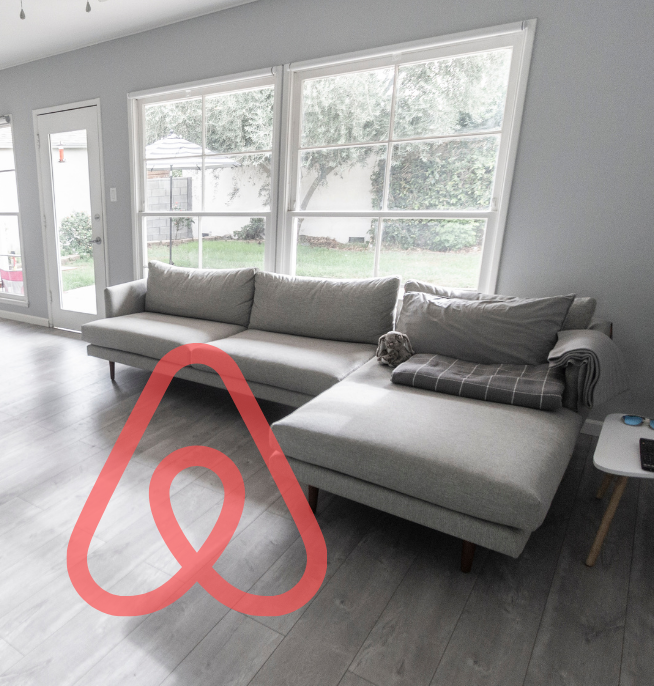Most service business owners aren’t undercharging because they don’t know better. They’re undercharging because they’re too close to the work and still viewing pricing through the wrong lens: time, effort, or “what’s fair.”
And that mindset (yes, it’s a mindset) is quietly eroding your margins, making your business feel heavier than it should, and keeping you chained to client work longer than necessary.
Here’s why it’s time to stop selling time and start getting paid for your brains.
1. Pricing for Time Locks You Into the Commodity Trap
If clients are comparing you on price alone, they’re not seeing your value. You’ve become a line item.
And let’s be blunt, when you price like a commodity, you attract clients who treat you like one.
They micro-manage. Push scope. Question your worth. And leave the minute someone offers to do it cheaper.
You didn’t build your business to be a freelancer-for-hire. You built it to create freedom, impact, and profit.
If your pricing says “you get 8 hours of me,” then don’t be surprised when your client thinks they own all 8 hours. And your Sunday night too.
2. Pricing Red Flags Get Ignored
Too many founders go into proposals thinking, “If I price this lower, I’ll land it.”
Here’s what you’re really doing:
Undermining your positioning
Crippling your profit
Setting the tone for more scope creep
I’ve seen it again and again (and done it myself), founders win the wrong type of clients at the wrong price point, and then blame themselves when delivery becomes a mess.
Let me say this clearly: you cannot discount your way to profitability. Every price cut is money stolen from your team, your future, and your ability to grow.
3. Value-Based Pricing Is a Mindset, Not a Math Problem
I talk about this extensively in my book Pricing For Profit (grab it on Amazon if you haven’t already). But here’s the crux:
“Your perception of price is not your client’s perception of value.”
Read that again. Better yet, write it on a Post-it note and have it on your desk.
You think raising your prices will scare people off. The truth is, most of your clients already know they’re getting a bargain. They’re just waiting to see if you do.
The businesses that thrive aren’t always the best. They’re the ones who’ve mastered positioning, articulated value clearly, and backed themselves.
Here’s How to Shift from Time-Based to Value-Based Pricing
This isn’t about flipping a switch. It’s about building pricing muscle. Try this:
A. Audit Your Offer
Do your current services solve a clear problem for a specific type of client? If not, start there.
B. Monetise the Pain
If your client has a £100k problem and you solve it for £10k, you’re a bargain. Show them that. Frame your solution against the cost of inaction, not the cost of your time.
C. Use the TAPS Framework to turn on the tap
Want your proposals to stand out and convert at higher rates? Make them:
Tangible: What’s the visible outcome?
Aligned: Does it serve you and them?
Proven: Where’s the social proof?
Specific: What exact result are you helping them reach?
D. Learn to Say This:
“I work up to a quality, not down to a price.”
You can say it with kindness and confidence. It sets a boundary and reinforces your positioning in one line.
Your Time Is Valuable, But It’s Not the Product
If you only charge for time, you’re penalising yourself for being efficient and experienced.
Think about that.
Your client isn’t paying for the hours. They’re paying for:
Your years of experience
Your ability to shortcut their pain
The confidence they feel in handing it over to you
Stop charging like a junior. Start pricing like a partner.
Feeling the Pinch on Profits? Start Here
Before you burn more time writing proposals for lowball budgets or chasing clients who’ll ghost at the final hurdle, take a pause.
📥 Get the Pricing For Profit eBook or
🎯 Book a Call and let’s diagnose exactly where your margin leaks are.
Bottom line: Pricing is positioning. And your pricing isn’t just a number, it’s a statement about the value you deliver.
Raise it. Back it. Own it.



